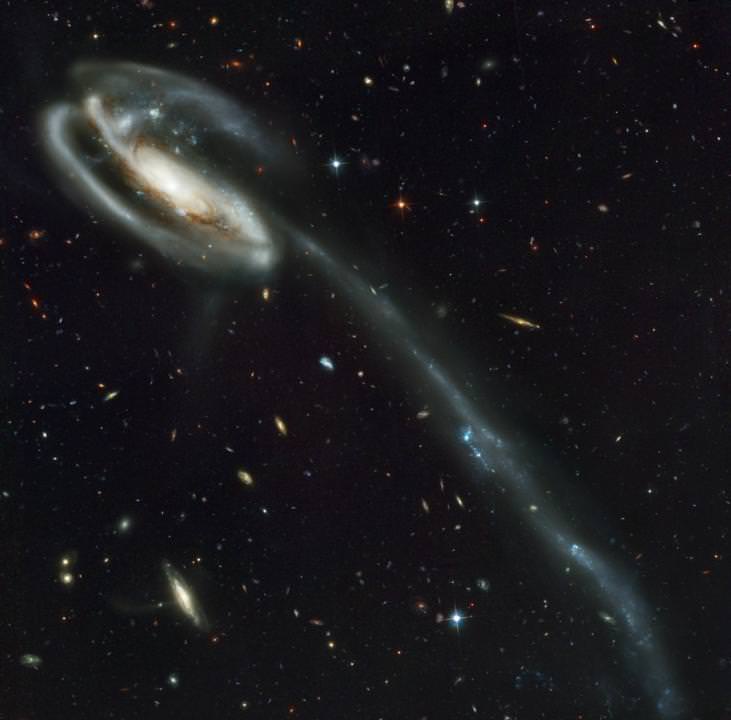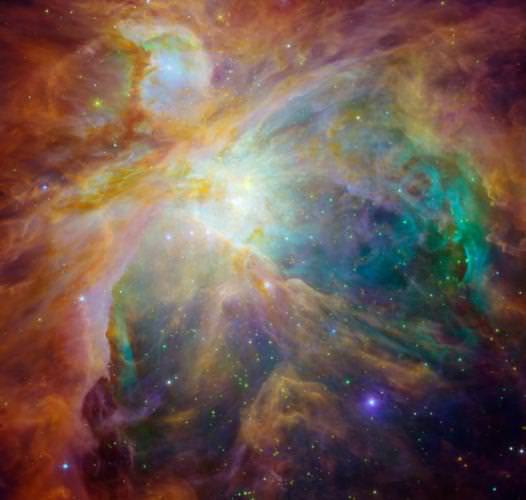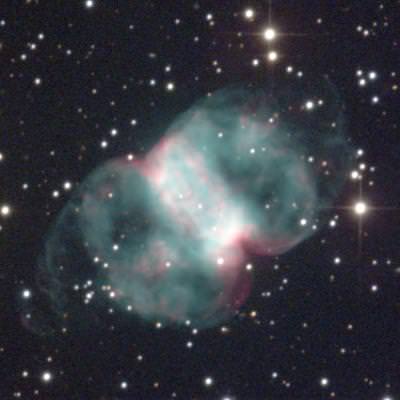[/caption]
Galaxy names come in a bewildering range of forms; from descriptive (e.g. Whirlpool Galaxy, Black Eye Galaxy, The Eyes), to ones that seem to relate to a constellation (e.g. Andromeda Galaxy, Hydra A, Leo I), to ones named after a person (e.g. Stephan’s Quintet, Malin I, Mayall’s Object), to letter+number combinations (e.g. the Messier catalog galaxies such as M33 and M87), to letters+number combinations (e.g. NGC 3115, DDO 185), to impossible-to-remember stings-with-dashes-dots-and-pluses like MCG-06-07-001, 4C37.11, and SDSS J002240.91+143110.4!
And sometimes a galaxy has LOTS of different names, such as M87, Virgo A, NGC 4486, Arp 152, 3C274, IRAS 12282+1240, WMAP J123051+1223 (there’s, like, about another 20!).
However, of the estimated 100 billion galaxies we could observe, with current astronomical facilities, only a few million have names, and most of those are unique (i.e. only one name per galaxy). Of course, almost all the single-name galaxies are little more than faint smudges in an optical or infrared image … and that gives a clue to where the names come from!
Most galaxy names come from the catalog, or catalogs, in which they appear. The catalogs have many sources, but most recent ones have been put together as a key output of a dedicated survey or mission, and the galaxy name reflects that. So, for example, SDSS stands for Sloan Digital Sky Survey (one of the most amazing optical/NIR galaxy surveys of all time), IRAS for InfraRed Astronomy Satellite, DDO for David Dunlap Observatory (where a catalogue of dwarf galaxies was put together), and 4C for 4th Cambridge survey (a radio survey). Some of the older catalogs, or lists, were put together from previously known galaxies, or objects (the Messier list is perhaps the most famous example).
More to explore, on galaxy names. The online dedicated, searchable database NED (NASA/IPAC Extragalactic Database) is astronomers’ essential resource; SEDS’ (Students for the Exploration and Development of Space, hosted by the University of Arizona LPL) Messier galaxy section is amateurs’ favorite; and Galaxy names are identified by a group of letters and numbers. What do they stand for? (Hubblesite).
Universe Today articles on galaxy names? Sure! Here is a small sample: This Where in the Universe Challenge, Astrophoto: NGC 4631 by Bernd Wallner, and Have a Cigar! New Observations of Messier 82.
Astronomy Cast’s Milky Way episode has more on galaxy names; well worth a listen!
Sources: Hubblesite, SDSS, IRAS, DDO, NASA/IPAC



